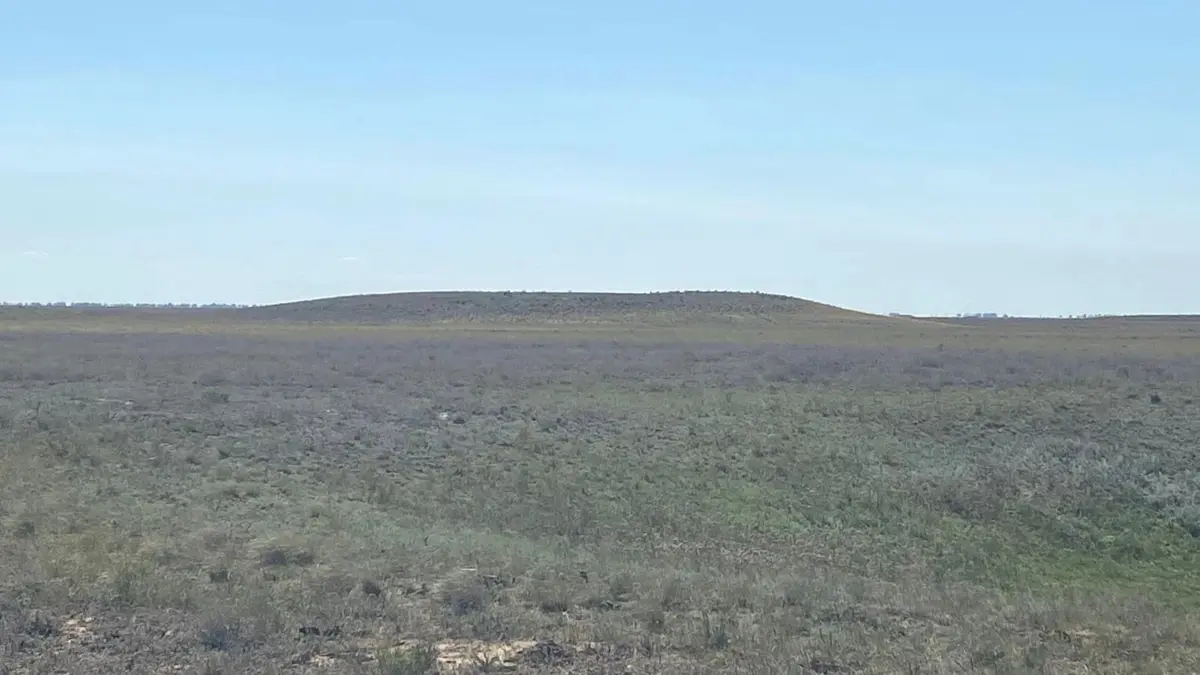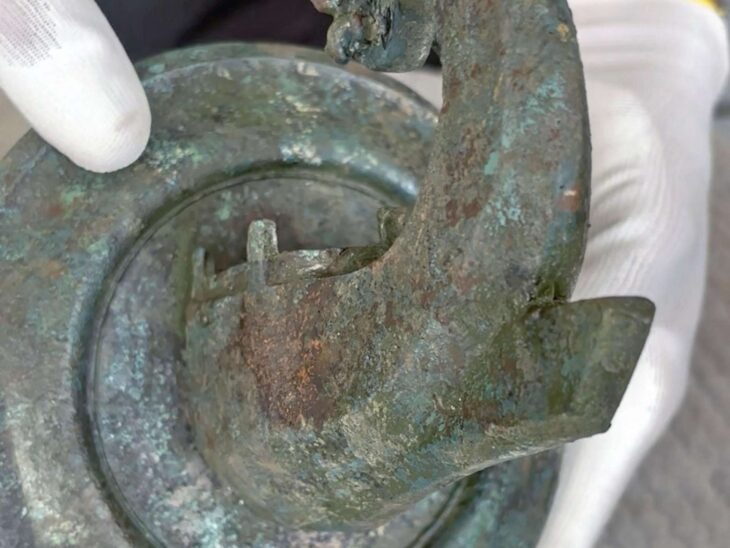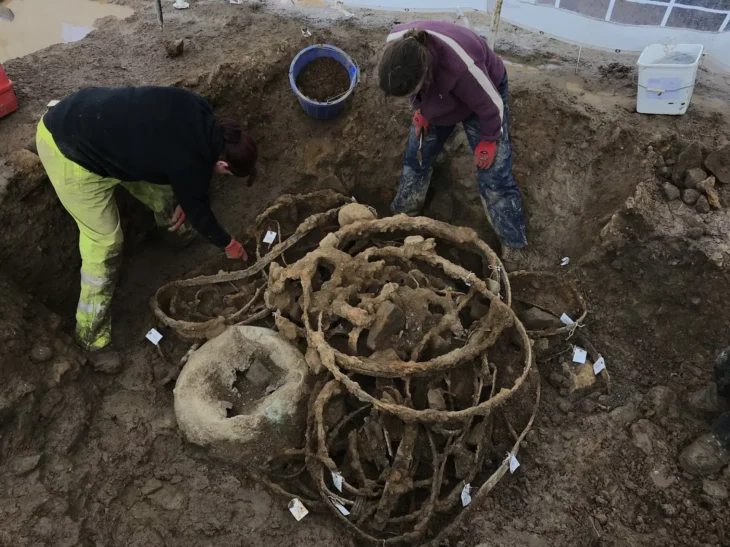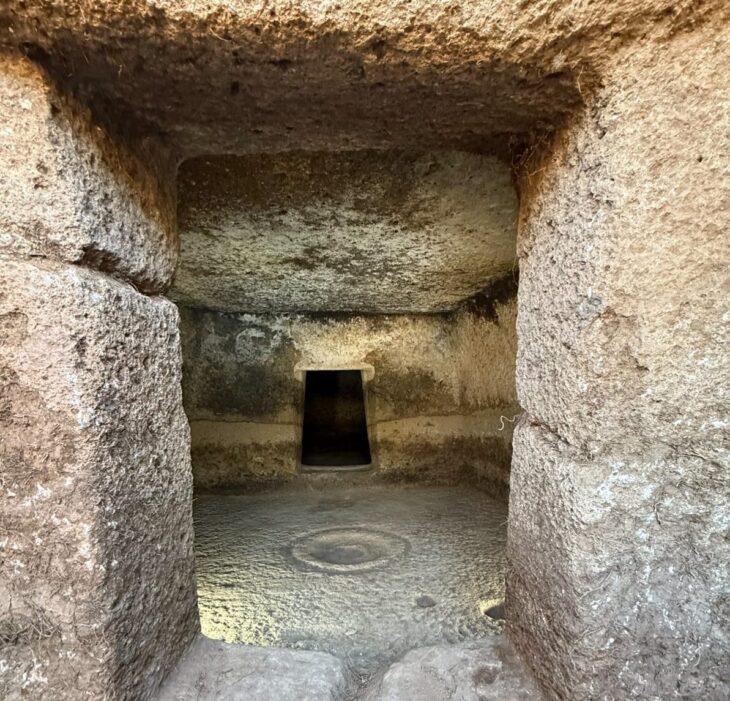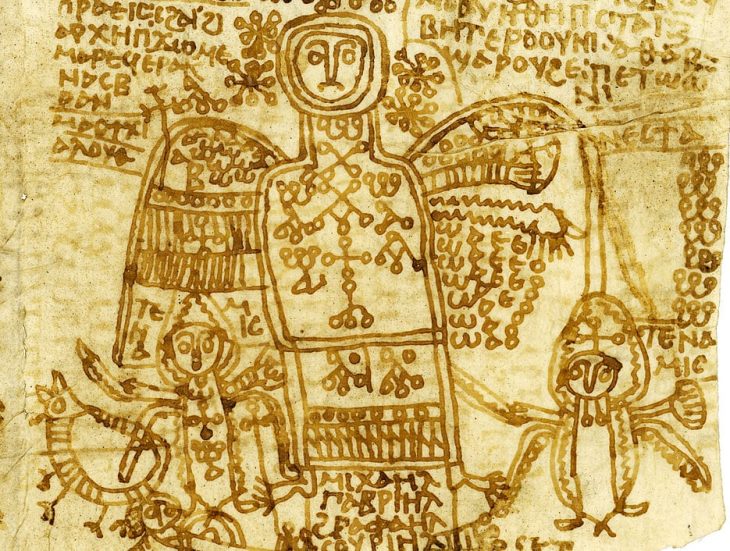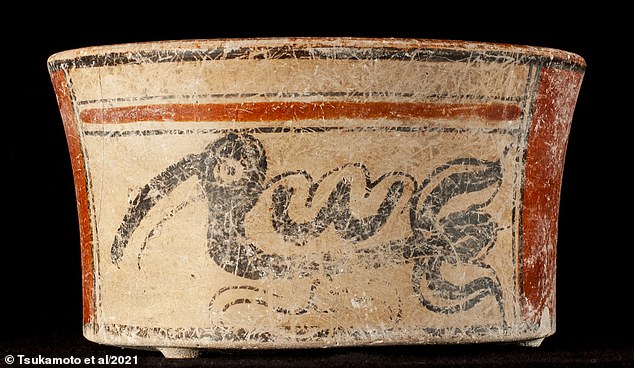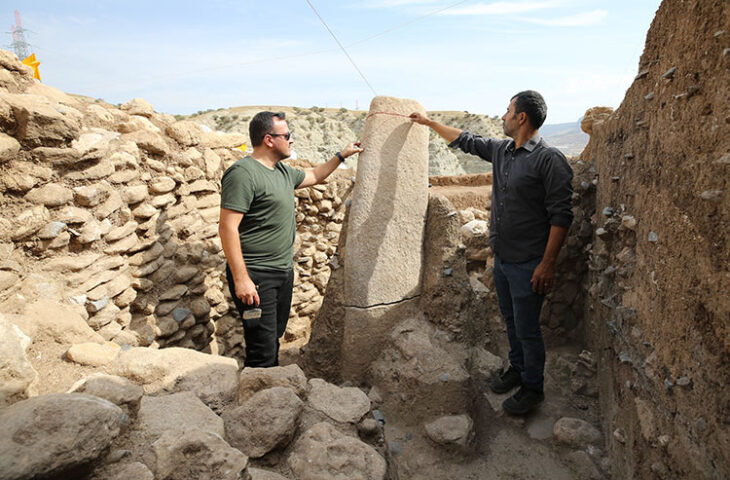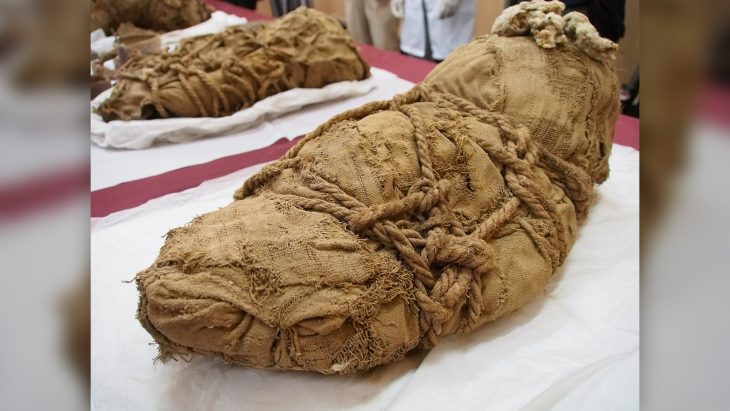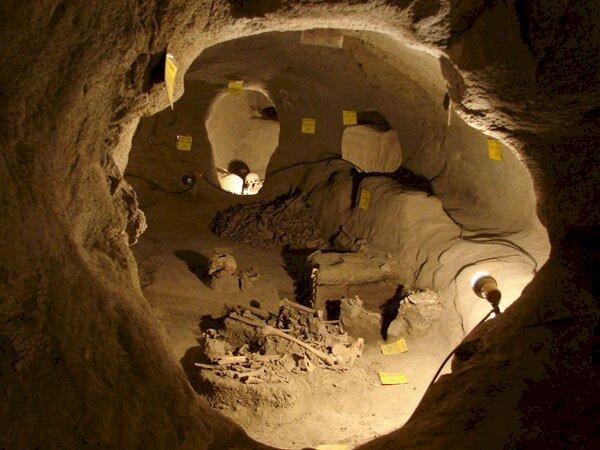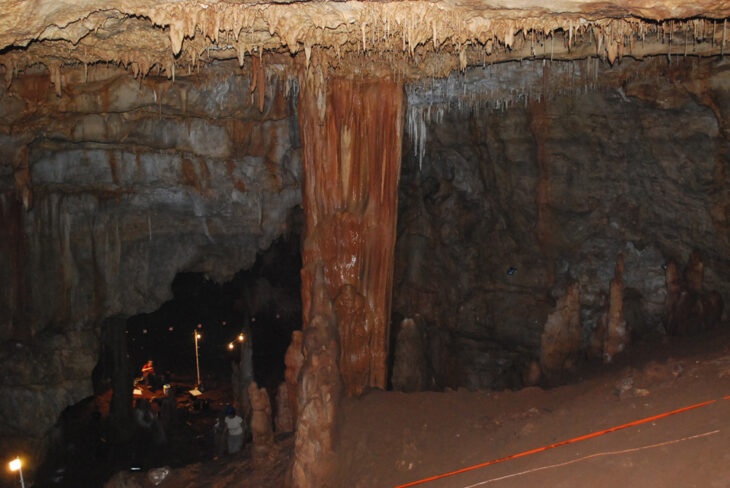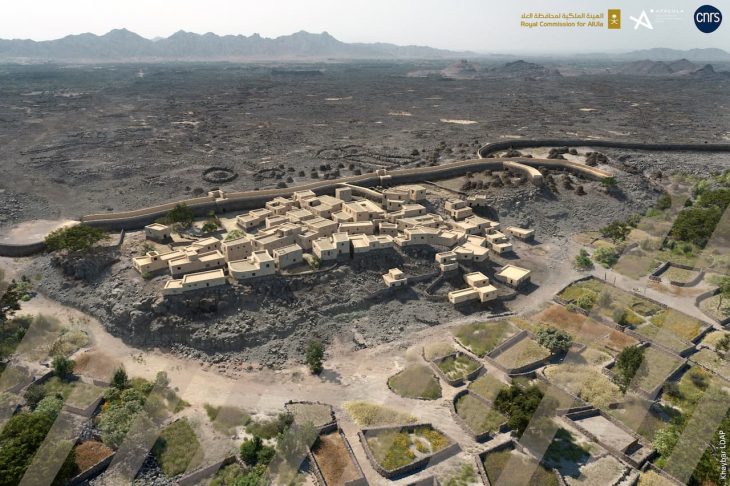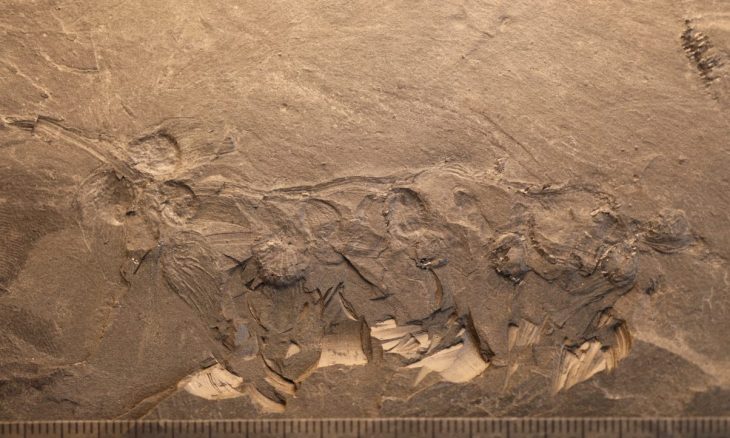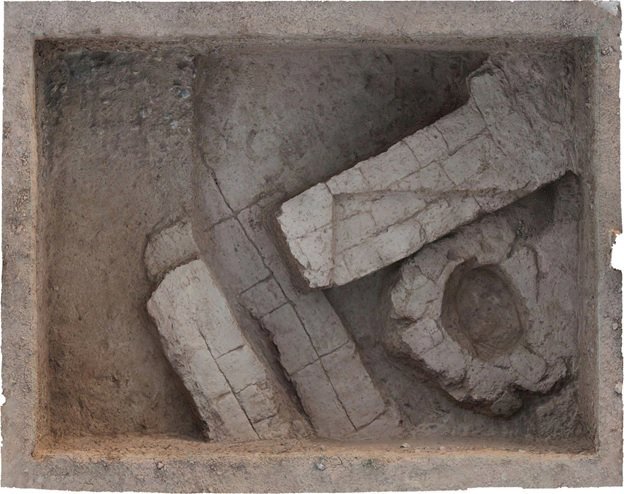Archaeologists in the West Kazakhstan Region (WKO) have announced a remarkable discovery that could reshape our understanding of early civilizations in Central Asia. Around 150 burial mounds, or kurgans, of unusual shapes were found clustered in one area.
These ancient sites, believed to date back to the Early Iron Age, may be linked to an unknown civilization or possibly the Sarmatians, nomadic tribes known to inhabit the steppes.
One of the burial sites has particularly drawn the attention of researchers. It features a moat nearly 140 meters wide, suggesting it may have been the resting place of a person of high social status. The sheer scale of the site distinguishes it from typical Iron Age burials and highlights its potential importance for Kazakhstan’s historical record.
Unique Shapes and Rare Structures
Unlike most burial sites of the period, the kurgans in this region are not uniform. Researchers identified rectangular, circular, and even double-ring formations, which are rarely seen in Eurasian steppe archaeology. Such diversity in form suggests sophisticated cultural practices and possibly distinct social or ritual meanings.
Experts emphasize that further excavation is needed. Before detailed archaeological digs can begin, authorities must secure documentation, funding, and hold a tender among licensed excavation organizations. Once studied in depth, the site could be officially recognized and added to the list of protected cultural monuments of Kazakhstan.
📣 Our WhatsApp channel is now LIVE! Stay up-to-date with the latest news and updates, just click here to follow us on WhatsApp and never miss a thing!!
Mystical Tales Surrounding the Mounds
The discovery has captured not only academic interest but also the imagination of local residents. Villagers near the site have long regarded the mounds as sacred or mysterious places. Some claim to have seen glowing lights over the area, while others report strange events, such as cars stalling without explanation when passing nearby.
For some, the mounds hold spiritual significance, serving as silent witnesses of ancient civilizations. For others, they are a source of legend and mystery, blending folklore with archaeology. While scientists approach these claims with caution, such stories highlight how ancient landscapes remain deeply woven into local culture.
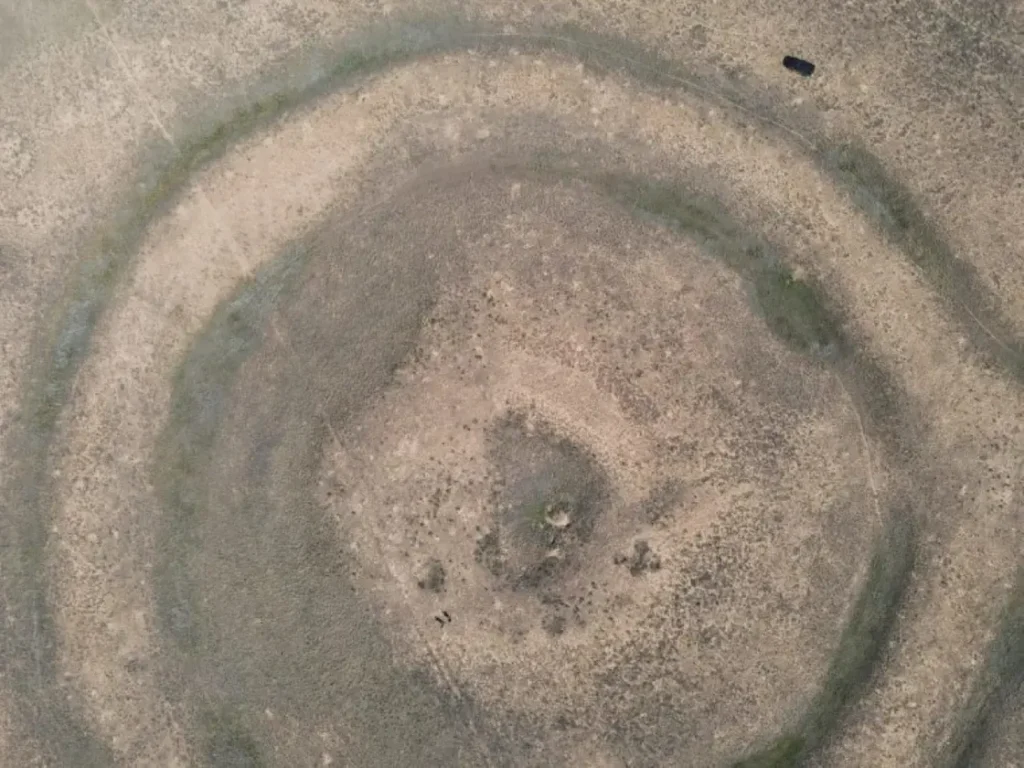
Part of a Wider Pattern of Discoveries
Kazakhstan has recently witnessed several groundbreaking archaeological finds. In the Atyrau Region, archaeologists discovered a cache of 13th-century Golden Horde coins, along with remains of an ancient settlement. Meanwhile, in the Ulytau Region, the burial of a Saka warrior from the Iron Age was unearthed, offering new insights into nomadic life.
These discoveries, together with the newly found kurgans in West Kazakhstan, underscore the country’s rich archaeological heritage. They also reflect Kazakhstan’s role as a crossroads of civilizations, where tribes and cultures shaped the steppe over thousands of years.
What Comes Next?
Experts believe that with careful excavation and study, the West Kazakhstan burial complex may reveal crucial details about the region’s early inhabitants. Whether the site is linked to the Sarmatians, a powerful nomadic people, or to an unknown group, its findings will contribute greatly to our understanding of the Iron Age in Central Asia.
Beyond academic significance, the site could also emerge as a cultural tourism destination, attracting those fascinated by history, archaeology, and the mysteries of the steppe.
As archaeologists prepare for future exploration, one thing is clear: the 150 burial mounds of West Kazakhstan are not just silent hills on the steppe—they are echoes of an ancient civilization, waiting to tell their story.
Cover Image Credit: West Kazakhstan Region Inspectorate for the Protection of Monuments

